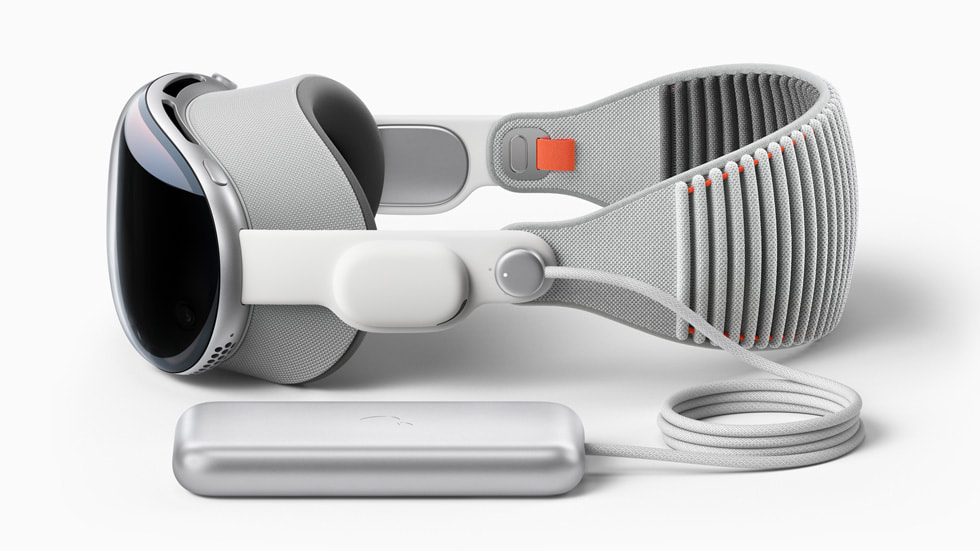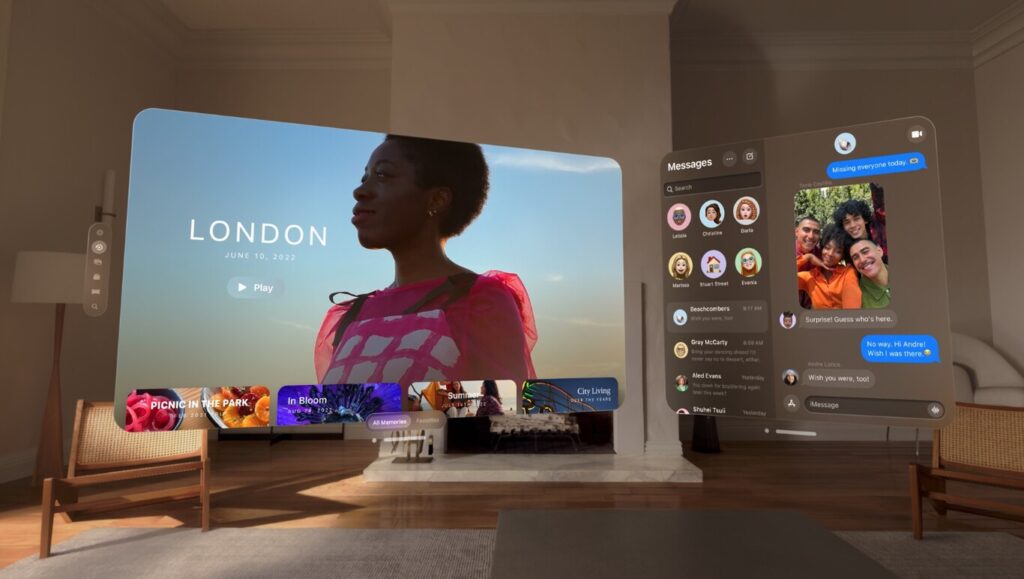
Apple Vision Pro (2024) Review: Features, Specs, and Performance Analysis
The technology world witnessed a paradigm shift when they launched Apple’s first foray into the world of aerospace computing – the Apple Vision Pro – in June 2023. This blog post dives deep into the development journey, reveals, releases and and a description of this revolutionary device , which gives you all the information you need to understand the impact of Apple Vision Pro (AR/VR headset, local computer).
The Development of the Apple Vision Pro
For years, rumors swirled round Apple’s development of a blended reality headset. Tech enthusiasts eagerly awaited a product that might potentially redefine how we engage with the digital world. Apple’s acquisition of AR startup https://en.Wikipedia.Org/wiki/Metaio in 2019 further fueled speculation. Finally, at WWDC 2023, Apple unveiled the Vision Pro to a captivated target market.

Unveiling the Future
The unveiling of the Apple Vision Pro was met with a mix of excitement and skepticism. While some were impressed by the sleek design and innovative features, others questioned its price point and the nascent state of AR/VR technology.
Release and Initial Impressions
Following the WWDC 2023 display, Apple released the Vision Pro in February 2024. Initial reviews had been typically effective, praising the device’s snug suit, intuitive controls (eye monitoring, hand monitoring), and stunning visuals (excessive-decision shows, superior Spatial Audio). However, some reviewers referred to the headset’s weight and the restrictions of the then-nascent vision OS running machine.
Apple Vision Pro Specifications
1. Hardware
The Apple Vision Pro boasts an impressive array of components, meticulously designed for a seamless user experience. Its curved laminated glass display and aluminum frame offer a balance of durability and style. A flexible cushion ensures a comfortable fit, while the removable and adjustable headband allows for personalized comfort. But the real magic lies within the frame, housing a complex system of five sensors, six microphones, and a staggering twelve cameras.
This intricate network captures user input and environmental data with exceptional precision. Two high-resolution micro-OLED displays, each boasting 3660×3200 pixels, deliver stunning visuals. With a total of 23 megapixels and the ability to refresh at up to 100 FPS, the Apple Vision Pro guarantees smooth, immersive experiences. Eye tracking is achieved through a combination of LEDs, infrared cameras, and the innovative Optic ID system – essentially an iris scanner for secure authentication.
To further enhance immersion, the Apple Vision Pro employs a unique bone conduction speaker nestled within the headband. This not only delivers clear audio directly to the user’s ears but also virtualizes surround sound for an unparalleled soundscape. Active noise cancellation further refines the audio experience by eliminating distracting background noise, ensuring users remain fully engaged in the virtual world.
2. Accessories

Apple complements the Vision Pro with a range of first-party accessories. These include a travel case for secure portability ($199), Zeiss optical inserts for users requiring farsightedness correction ($99), a light seal for minimizing light leakage ($199), and a more comfortable light seal cushion ($29). The launch also saw a single officially-supported third-party accessory: a battery holder by Belkin.
For developers, Apple offers a unique $299 adapter. This accessory replaces the right head strap connection and adds a USB-C port, enabling advanced functionalities for development purposes. Notably, this adapter is only purchasable through registered and paid Apple Developer accounts. Code analysis suggests the adapter might also facilitate diagnostic interactions with the Vision Pro.
3. Software
Apple Vision Pro runs visionOS, a derivative of iOS built specifically for spatial computing. Leveraging core frameworks from iOS like UIKit, SwiftUI, and ARKit, visionOS adds MR-specific features for optimized graphics rendering and real-time interaction. This 3D user interface allows users to navigate using hand gestures, eye tracking, and even voice commands. By simply looking at an element and pinching two fingers together, users can select it. Moving those pinched fingers moves the element, and a flick of the wrist allows scrolling.
Apps appear as floating windows that can be freely arranged within the 3D space. visionOS goes beyond the headset itself, supporting a virtual keyboard, Siri integration, and even external Bluetooth peripherals like Magic Keyboard and gamepads. It can even mirror content to other Apple devices via AirPlay, including a Mac’s primary display through the “Mac Virtual Display” feature, allowing users to control the Mac using peripherals connected to the headset.
Let’s delve into the technical specifications of the Apple Vision Pro:
- Displays: Dual ultra-high-resolution displays for an immersive viewing experience.
- Processing: Custom Apple-designed chip for powerful performance.
- Controls: Eye tracking and hand tracking for intuitive interaction.
- Audio: Spatial audio system for realistic soundscapes.
- Operating System: visionOS (continuously updated with new features – check out our blog post on [visionOS 2.0: What you need to know](link to your blog post on visionOS 2.0) for details)
- Connectivity: Wi-Fi 6E and Bluetooth 5.3 for seamless wireless connections.
Reviews
Apple Vision Pro received mixed and positive reviews. Verge’s Nilay Patel praised the headset’s design as more premium and less “goofy” looking than other existing VR headsets, felt its displays were “fairly incredible” in terms of sharpness and brightness, and had superior video passthrough the most MR had yet seen on the headset (despite having a narrower focus than the Meta Quest 3), that its speakers had “credible” spatial audio effects, but he felt like “this thing.” has so much technology that it’s like magic when it works and when it doesn’t.” .” It totally frustrates you”, citing examples such as the passthrough camera (which “can’t overcome the inherent nature of cameras and doesn’t work”), the eye and hand tracking that was “inaccurate” and “frustrating ” to use (and parts of… the visionOS interface that requires precision that eye tracking systems can’t handle), visionOS didn’t have a window management tool like Expose or a platform manager, and personality was the EyeSight feature is stunning (and the latter’s view is of a dim, low- resolution display covered in reflective glass).
Public response
Initial reviews of Apple Vision Pro painted a mixed picture. While some Reddit users liked the capabilities of the device as a community computer and enjoyed the immersive experience, others expressed concerns about limited recognition space and some aspects of VR it doesn’t exist despite Apple’s clear warnings about such practices, users wearing headphones driving or walking There were also reports that they were trying to.
However, the Apple Vision Pro’s potential extends beyond entertainment. Users have experimented with wearing the headset while cooking to access step-by-step instructions, and there’s ongoing exploration of its use in the operating room, education, productivity, sales, collaboration, and even the creation of digital twins. These innovative applications highlight the vast potential of the Apple Vision Pro beyond its initial launch.

